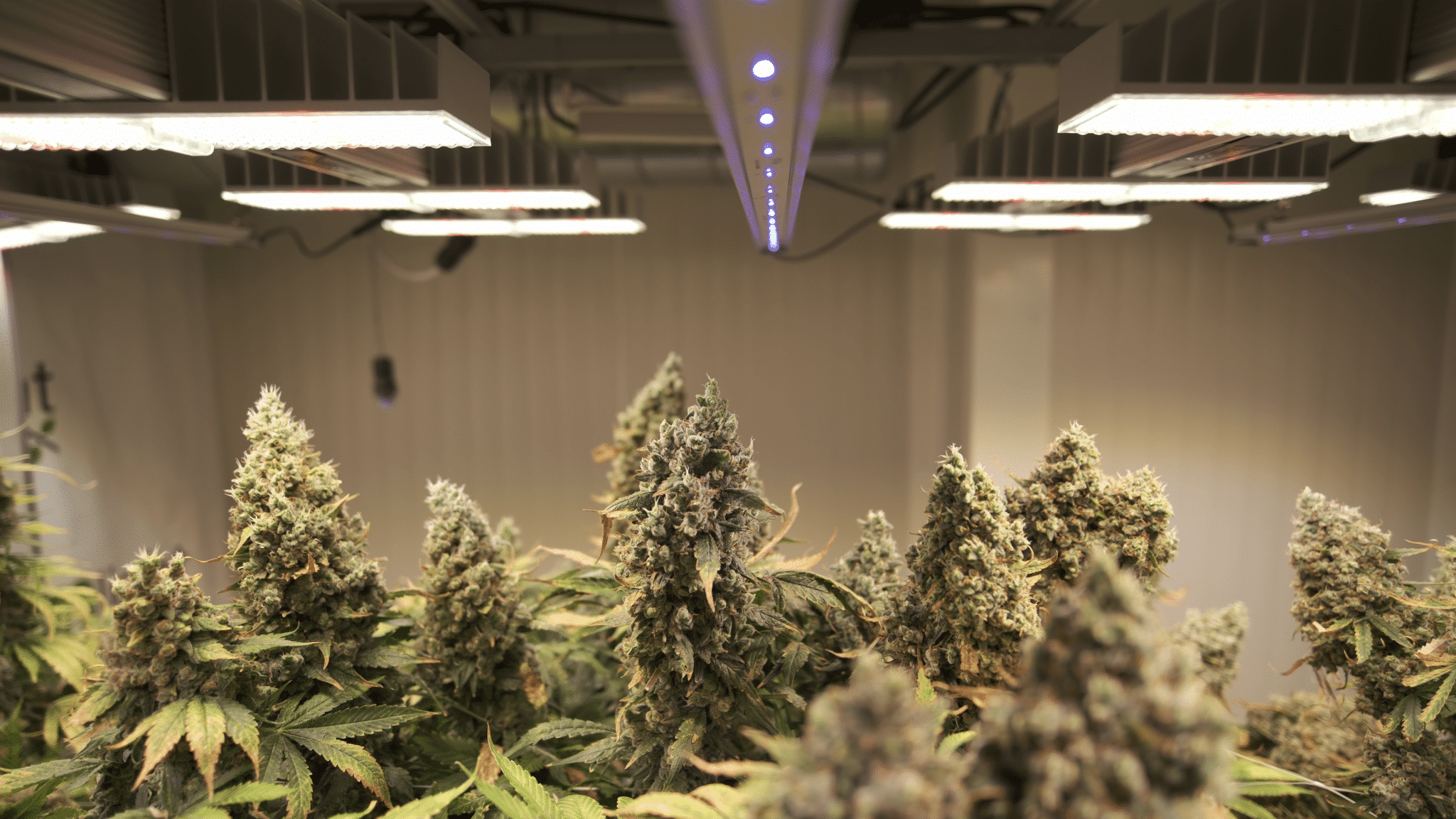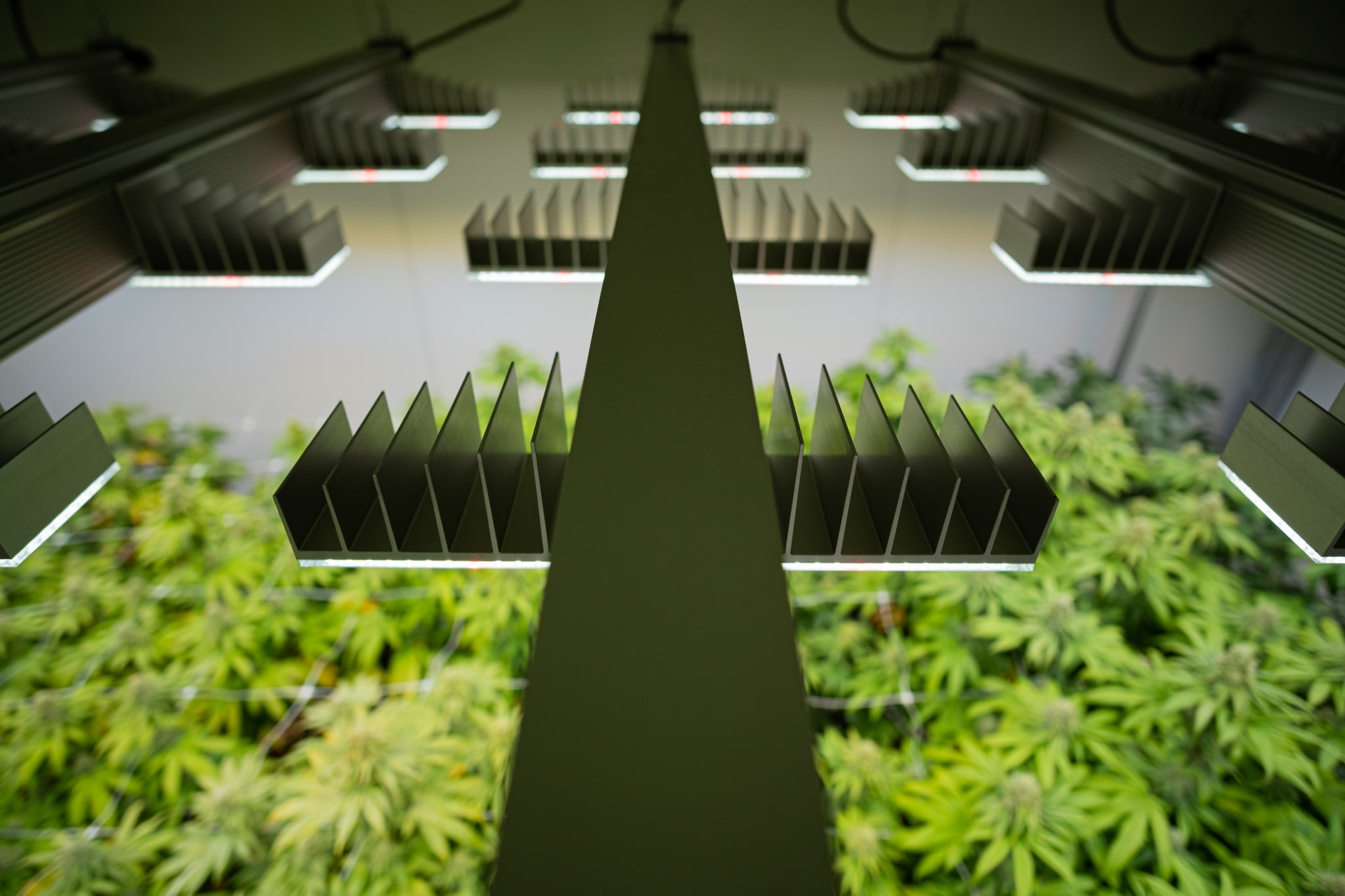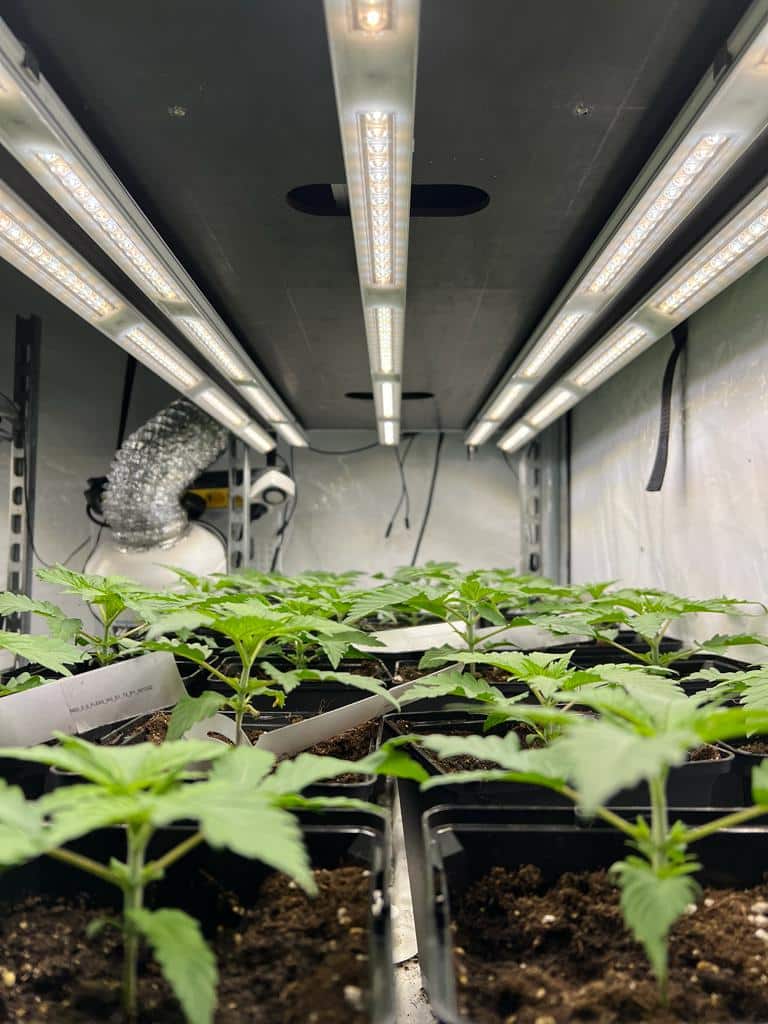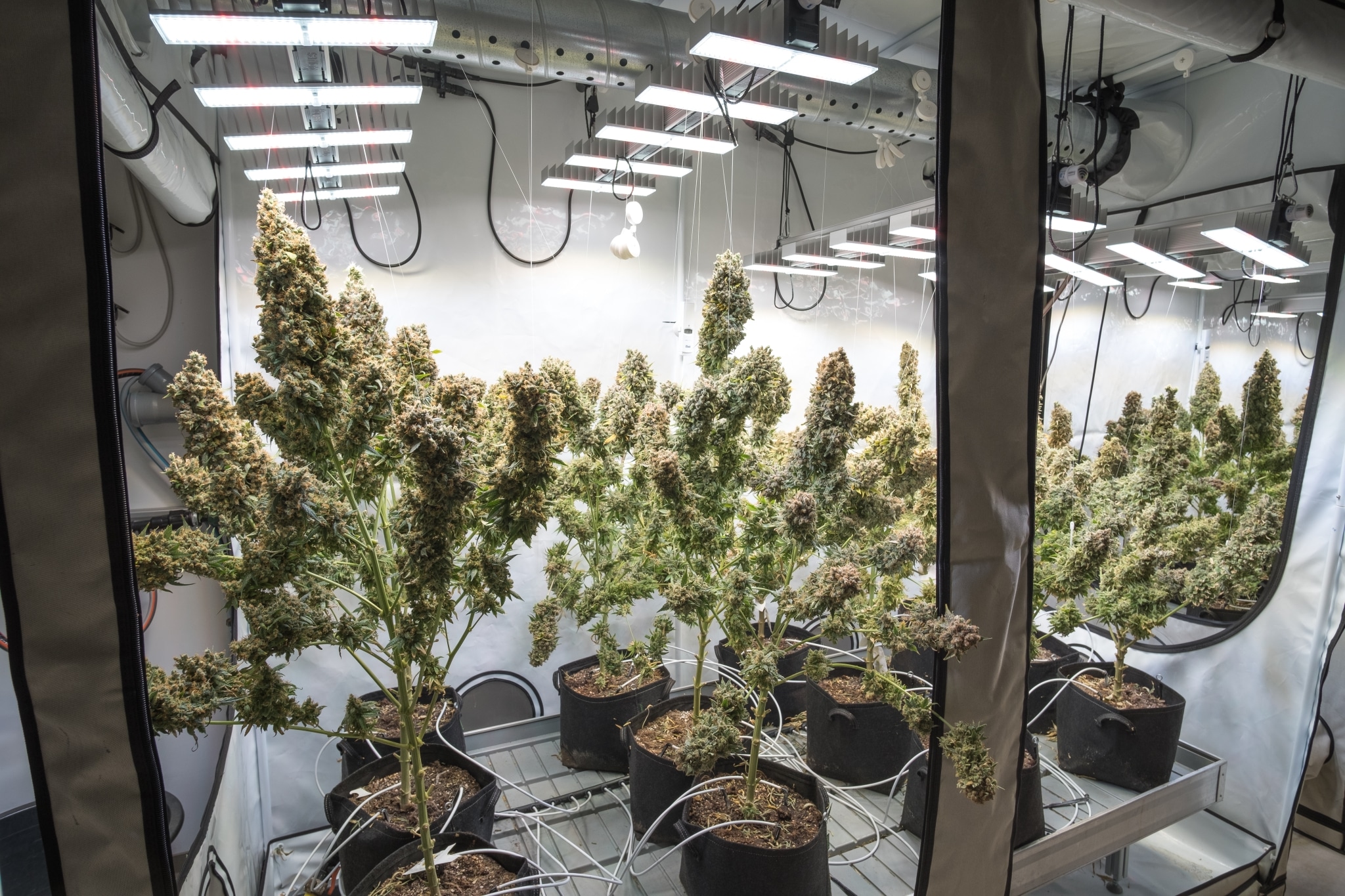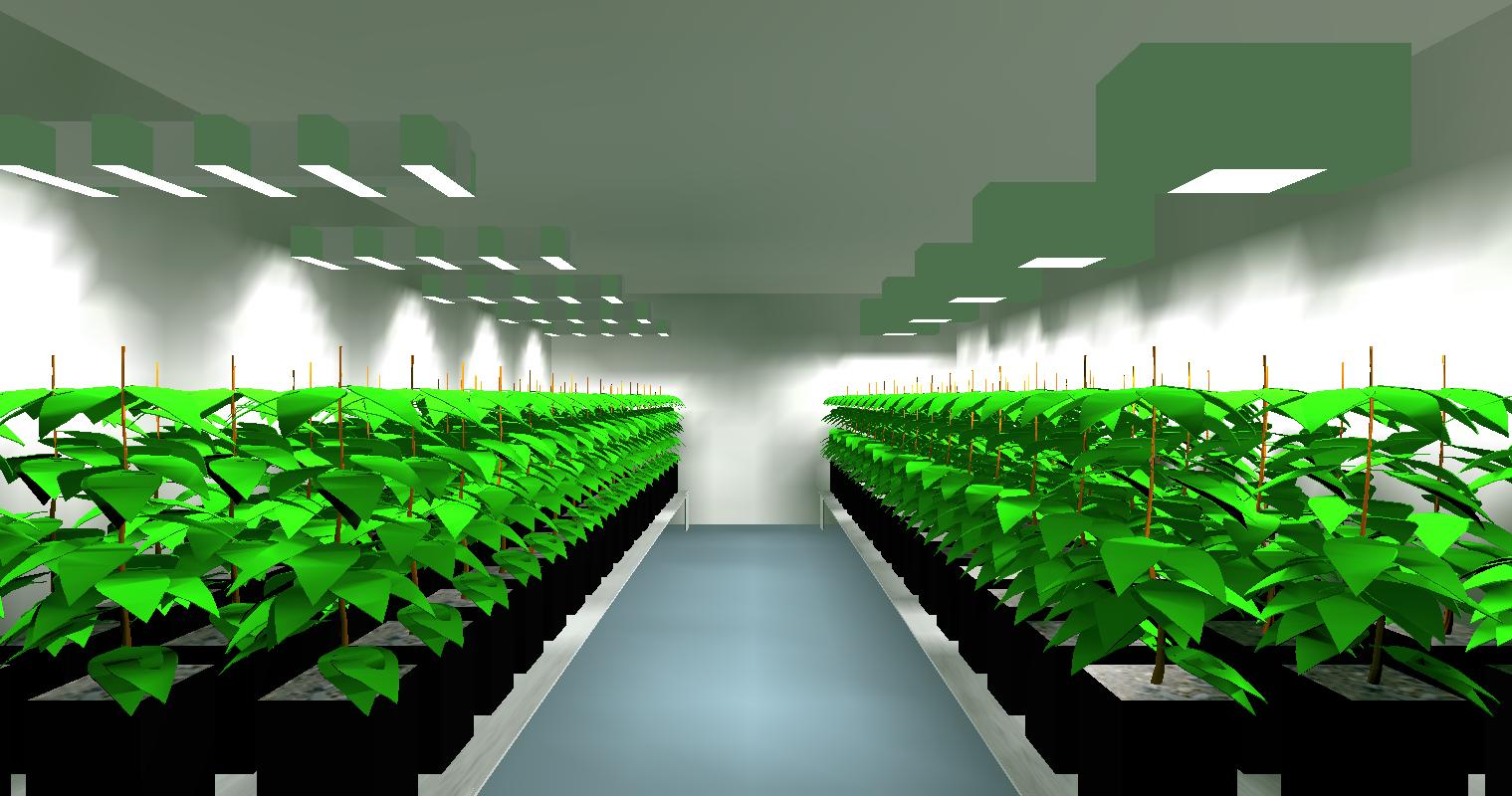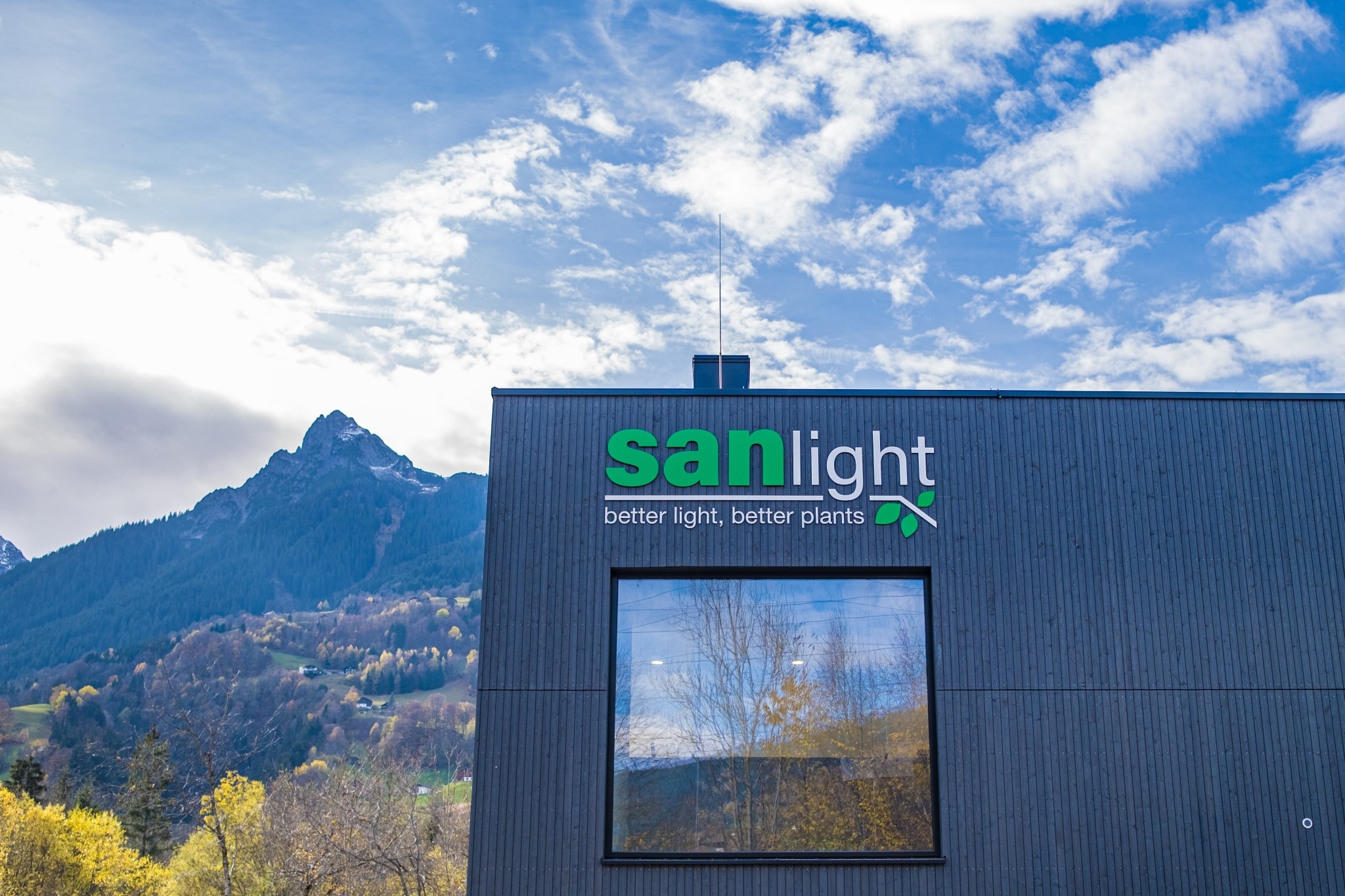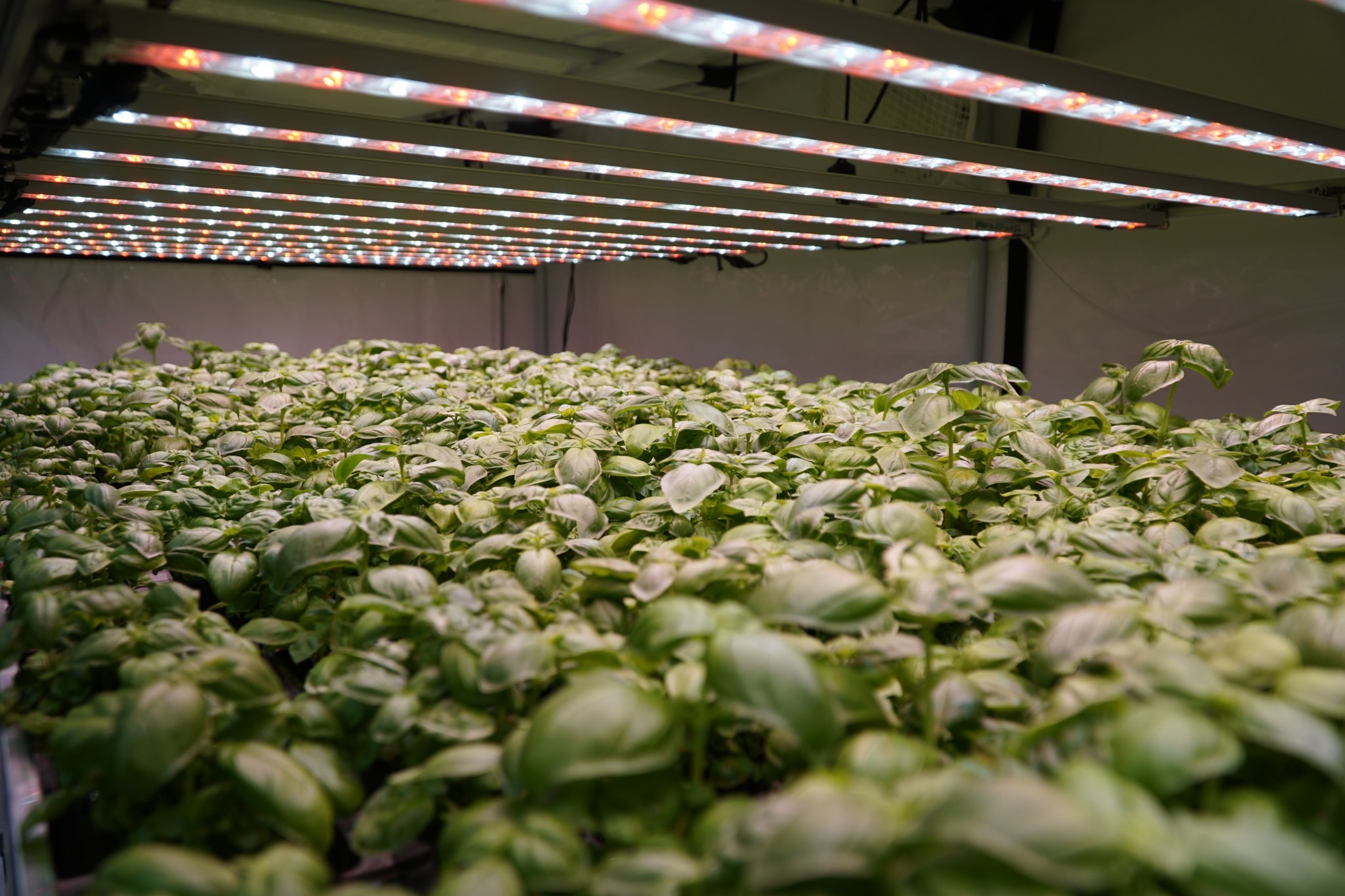
Efficiency of LED Grow Lights
When comparing different LED luminaires, one of the main criteria is efficiency. It has, among other factors, a decisive influence on the yield that is generated with the help of the electricity used. In addition, better efficiency of the luminaire also means less waste heat. In the following article we explain what efficiency actually means and how it can be determined.
Definition of efficiency for plant lights
Efficiency describes the ratio of output power (light output) to input power (power consumption). In other words, this figure indicates how much light is generated per joule (watt per second). Among other factors, this value determines how high the electricity bill is per output produced.
Use of different units
Light can be considered both as a wave (radiometric) and as a light particle “photon”. When light is considered as a wave, the light output of a luminaire can be expressed in watts. When considering light as a photon, one considers micromoles. In the case of luminaires for horticulture, not the entire spectral range is measured, but rather the wavelengths between 400-700nm, the so-called PAR range. However, since other wavelengths, such as UV and far red, also have an influence on plant growth, an extended viewing range between 380 – 780nm is increasingly gaining acceptance.
If the light output available in these ranges is put in relation to the input power of the luminaire, we speak of efficiency. Depending on the way of looking at it, the unit is Watt/Joule or µmol/Joule.
If we express the light output in watts, we have the advantage that the efficiency of the luminaire can be calculated. A module of the EVO-Series generates 37W of light at a power consumption of 60W. So we can talk about an efficiency (optical output power/electrical input power) of 62%. In practice, this means that 62% of the current actually becomes light.
The same EVO module generates 180µmol/s of light output. To get the efficiency, this light output must be divided by the input power. As 180µmol/s by 60. The result gives the efficiency of the EVO module of 3µmol/J.
Different considerations
For a luminaire, different values can be given to consider the efficiency. Module efficiency or system efficiency can be considered.
Module efficiency = efficiency of the light source
Efficiency data for sodium vapor lamps refer to the lamp itself. Here we speak of module efficiency or efficiency of the illuminant. Losses caused by the driver or the ballast as well as reflectors, covers or lenses are not included.
A standard sodium vapor lamp has an efficiency of 1.7µmol/J. I.e. with an input power of 600W the lamp generates an output of 600W x 1.7µmol/J = 1020µmol/s. For LED luminaires, we usually find the module efficiency data in DIY kits. With Quantumboards, for example, the efficiency of the light source (i.e. the LED) itself is often specified. The losses due to the driver are added.
Confusing information about LED efficiency
The lower the current of the LED, the higher the efficiency. Especially with DIY kits, efficiency specifications are given at different operating currents. This is generally not wrong. However, the viewer should be aware that the stated efficiency values also count at the stated power. For example, a good midpower LED emits about 3µmol/y of light when powered at 65mA. In this case the LED is operated with 0.2W. If the same LED is powered with e.g. 130mA, the efficiency drops to about 2.8µmol/J.
What is system efficiency?
As the name implies, system efficiency includes the value of the entire lighting system. Thus, all components of the luminaire are included. The subject is illustrated by means of three examples.
Example 1: NDL 600W
Efficiency of the lamp: 1,7µmol/J
Efficiency of the ballast: 94%
In order to supply the 600W sodium vapor lamp, the ballast consumes a higher power.
In our case, the power consumption of the ballast is 638W and 600W is delivered to the lamp.
The remaining 38W is wasted as heat.
Efficiency of the reflector: 85%
Since sodium vapor lamps emit light at a 360° angle, they require a reflector.
Even the best reflectors do not work loss-free and a part of the light is not directed to the plants but is lost.
With the above information we can now calculate the system efficiency of a sodium lamp:
Module efficiency x ballast efficiency / 100 x reflector efficiency / 100 = system efficiency
1,7µmol/J x 94/100 x 85/100 = 1,358µmol/J
At a power input of 638W, a sodium lamp generates 638W x 1.358µmol/J = 866µmol/s output.
Example 2: DIY Kit Quantumboard
Quantumboard consisting of 288 Midpower Leds (Samsung LM301)
Efficiency = 2,9µmol/J
Driver Meanwell XLG = efficiency = 93%
Module efficiency x ballast efficiency / 100 = system efficiency
2,9µmol/J x 93/100 = 2,697µmol/J

